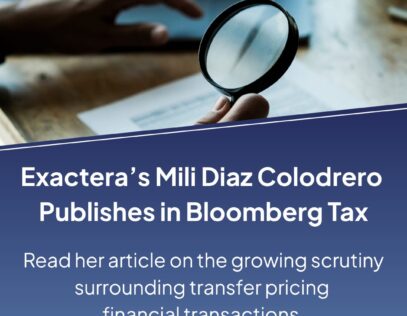A few weeks ago, President Lula da Silva of Brazil signed legislation that brings Brazil’s transfer pricing in line with the global arm’s length standard. Many people, including myself, never thought this day would come, or at least we weren’t holding our collective breath waiting. As part of the legislation for fiscal year 2023, taxpayers have the option to continue to use the traditional Brazilian methods to document their transfer pricing with affiliates or adopt the new regulations for 2023 documentation.
So, the question that begs asking is, what should taxpayers do now? If you’ve read my posts on corroborative methods, you already know my opinion. But in case you haven’t, here’s where I land.
Given the RFB is still finalizing the regulations to be used going forward, the safe play is to remain consistent and submit any documentation for 2023 using the existing methodologies. However, for transactions that don’t involve commodities, it might be worth preparing a TNMM analysis as well for 2023. (Transactions involving commodities require the use of the CUP as the most appropriate method, based on the new regulations already set forth by the RFB.)
Should you be audited for 2023 (for transfer pricing specifically), you can then proactively submit your TNMM analysis to the tax authority alongside the traditional documentation you prepared. By preemptively performing both analyses—and proving that your pricing is arm’s length through both—you ensure your documentation is airtight.
While we wait to see what the final regulations state, consider the story the TNMM approach tells the authorities. When the regulations are finalized, you can then put the finishing touches on your corroborative analysis for 2023 and be in great shape for 2024.







